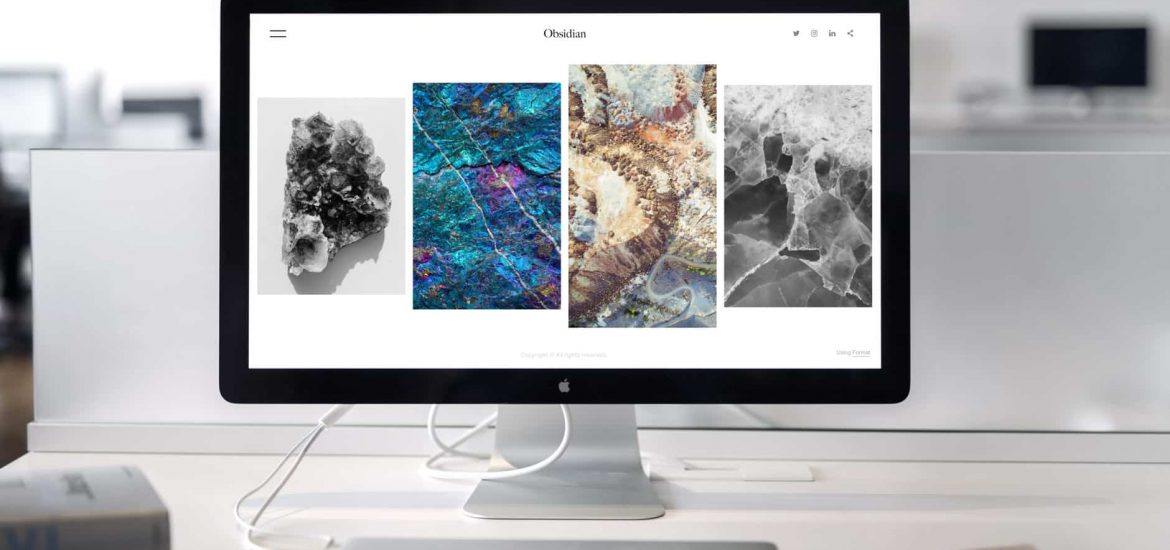Incorporating proper UI and UX principles when building websites and mobile apps have been a fool-proof way to appeal to potential customers and audiences.
Just like in real life, any visitor who finds their surroundings unpleasant will eventually want to leave, while a cozy environment will have a lasting effect on its visitors.
This is why UI and UX Design is important for website creators and designers to engage their users through visual cues that don’t confuse its users. But getting it right can be tricky.
UI and UX Design Importance
To find the right balance between creativity and comprehensiveness, web designers must be familiar with a handful of techniques. Here are six creative ways that can help in making an engaging website:
#1. Know your end user

First things first – who are you building your website for? Having a good understanding of your intended website audience will shape your website’s design a lot.
If your website is designed for children, such as educational or gaming websites, incorporating bright colors and bigger texts would make sense.
However, doing this if your website is designed for fashion aficionados may even have an impact on what your audience think about your business.
A web developer in the Philippines wrote a blog post saying that UI/UX “creates your brand and how the market perceives your company website”.
Business websites must appeal to their target customers while representing their brand. As tempting as it can be to apply to design great elements, it wouldn’t make sense if it’s not at all applicable for your audience.
#2. A Smooth Website Navigation

If a visitor becomes stuck on your website because they can’t easily find what they’re looking, they are most likely to exit from your website altogether.
This is why smooth website navigation is paramount. Make sure your website categories are properly labeled and that each page falls under the correct category.
Creating a sound information architecture is a vital step to ensure smoothness of navigation within your website. You should also have a look at what search system your website is going to use.
Users are usually not keen on sifting through a number of pages and instead would like to type in what they’re searching for. Make sure your search system is properly placed on your website.
#3. Visually Appealing Website

Humans are visual beings, we use our sight to draw our first impressions and to identify what we like and what could be dangerous. This is why a visually appealing website is a vital aspect of UI/UX design.
Aside from having an attractive appeal for potential customers, boasting a visually appealing website helps keep users engaged.
Whether your visitors are using a computer or their mobile phones to access your website, it should maintain a good visual appearance.
Using the right button sizes that are noticeable without being obstructive is a key aspect for a visual appearance.
Having the right color combination should also be a top consideration as this will not only affect how your customers view your brand, but your website’s color psychology will help evoke certain emotions to your visitors.
#4. Remove Unnecessary Features

Adding features to a website is a good thing, but having SO many features to a point where your website becomes sluggish and slow is unacceptable.
Especially nowadays, a website’s functionality can easily be boosted by simply installing tools and plug-ins that would make your website sound really amazing at first, knowing the right set of website plug-ins that your customers need becomes very relevant.
You should also stay on the lookout for new tools or plug-ins in the future. There may come a time that a better, improved plug-in is released than the one you are using. This will allow you to only use the best tools for your website, and ultimately, your customers.
This is why #1 is so important. Without a deep understanding of your site’s users, how would you know which tools and extensions they need?
Regularly visit your website’s analytics to see which tools or plug-ins are being used. Those that are not being utilized as frequent by your customers must be considered for deletion.
#5. Less Is More, Keep It Simple

This rule could easily be the longest running rule there in UI and UX design. Sometimes, you have to do less to accomplish more. Keeping your website’s design simple helps visitors find the information they are looking for faster while maintaining cleanliness and conciseness.
Striking the balance between having less and having too much is important. Do you need to have a welcome image on your homepage? Or should it be a welcome video?
While you might want to add as much information for your visitors to see, simply highlighting the most important ones might work better.
More often than not, design elements that are not necessary to drive a customer towards conversion will only turn them away from your intended goals.
#6. Aim For a Responsive Website

In today’s fast-paced world, keeping a website visitor waiting is not a very good idea. People are now expecting to see results in an instant, especially since people’s attention span seems to be getting shorter and shorter.
Before your potential customers look away and get distracted, your website should have already provided valuable information to them, which would eventually lead them to conversion.
The size of images and other important files on your website should be friendly enough for them to load quickly.
And since there has been a constant increase of users browsing from their mobile phones, you’re doing your visitors a favor by making them use lesser data when they visit your site.
It’s All Connected with UI and UX Design
Aside from these rules, there are other principles that web UI and UX designers must keep in mind when creating a website in order to make it engaging for their users.
You can’t just pick and apply two to three UI/UX principles and expect your website to suddenly become very engaging. As with any work, tapping a third party to review your website UI and UX design whether it’s your co-worker or a friend will ensure your website is in top condition.
By staying true to the tips enumerated above, you’ll eventually be able to make your website engaging for your customers and convert more in the long run.
For More Web Technology Updates and Information about UI and UX Design, visit Etech Spider. Follow us on Facebook, Twitter, Instagram, and Subscribe for Daily Updates To Your Mail Box.




